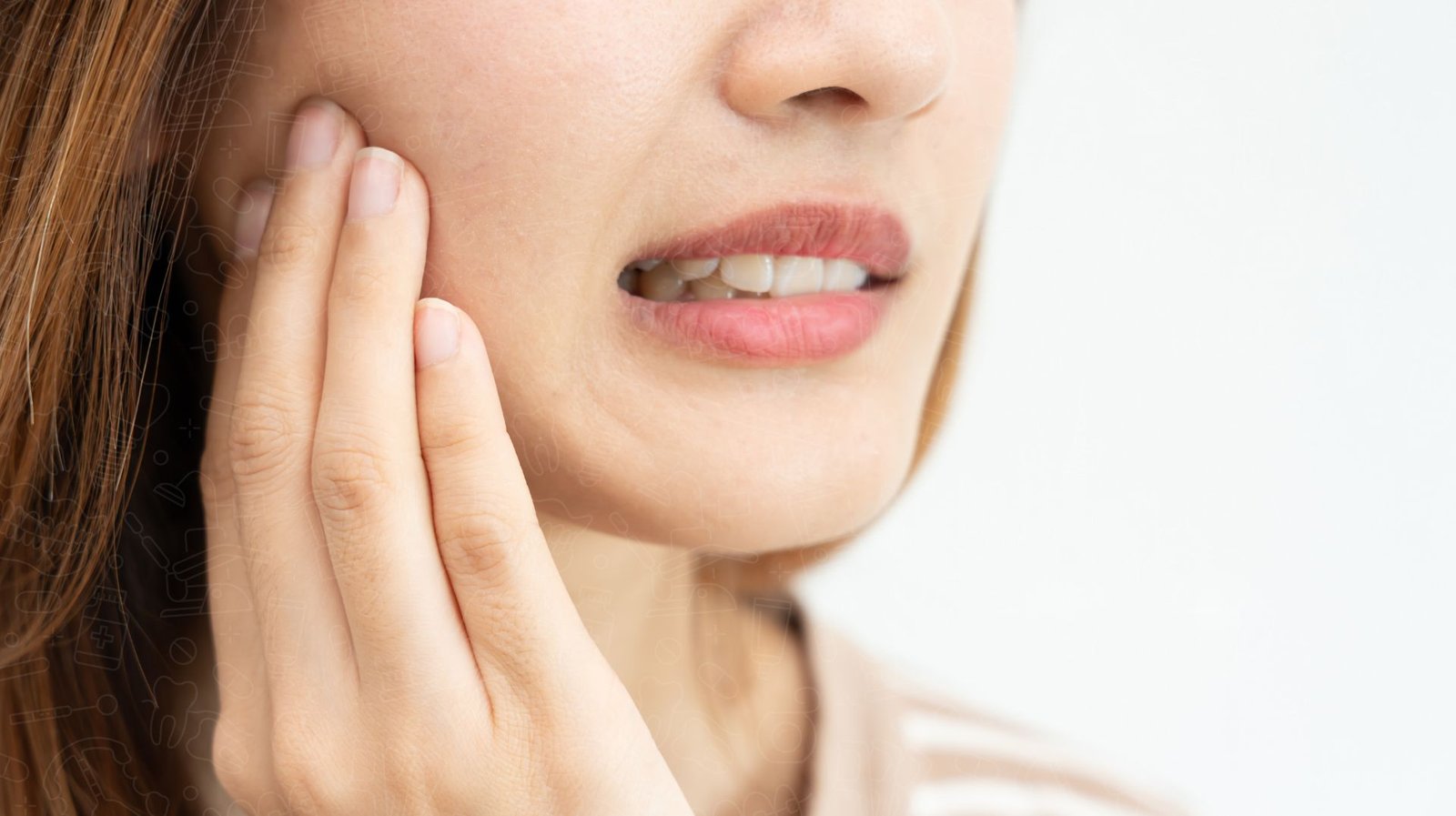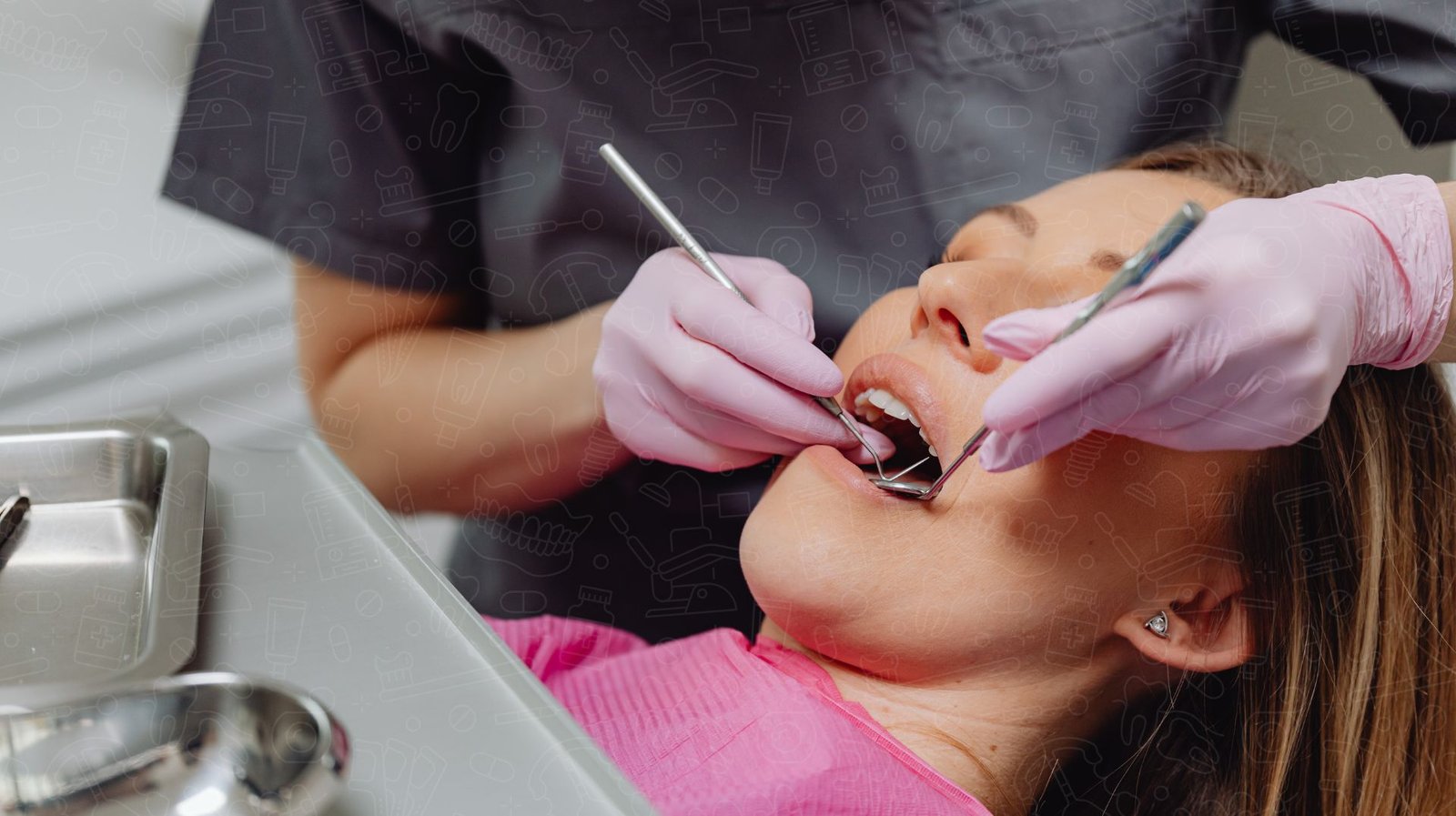Introduction
In today’s world, achieving a straight and beautiful smile is more attainable than ever, thanks to advances in orthodontic treatments such as traditional braces and Invisalign. Each option offers unique advantages, catering to different dental issues, lifestyle preferences, and aesthetic desires. A substantial number of individuals, from children to adults, face challenges with misaligned teeth—problems that not only affect physical appearance but can also lead to long-term oral health complications. Understanding the intricacies of braces and Invisalign is vital for anyone contemplating orthodontic treatment.
This article aims to dissect these two popular methods, ensuring readers can make informed decisions based on their specific needs. Traditional braces employ fixed metal or ceramic brackets to correct severe misalignments through consistent pressure. Alternatively, Invisalign provides a modern, discreet solution using clear, removable aligners designed for gradual realignment. By examining the effectiveness, comfort, aesthetics, and cost of each treatment, individuals can better navigate their options and select the path that best aligns with their orthodontic goals.
Whether one is seeking a subtle correction in appearance or addressing significant dental issues, the decision between braces and Invisalign holds significant implications for overall treatment success. As readers delve further into this article, they will gain insights to confidently embark on their journey towards achieving a healthier, more radiant smile.
Understanding Braces and Invisalign
Traditional braces and Invisalign are two widely accepted orthodontic solutions designed to correct misaligned teeth and promote better oral health. Braces consist of metal brackets that are firmly attached to each tooth, connected by wires that exert consistent pressure to shift teeth into optimal positions. Typically made from stainless steel or ceramic materials, braces are effective for a range of dental issues, from simple alignment to more complex malocclusions.
Conversely, Invisalign utilizes a series of clear, removable aligners crafted from a thermoplastic material. These aligners are custom-made to fit snugly over the teeth, gradually moving them into alignment over time. One of the key advantages of Invisalign is its aesthetic appeal, as the aligners are nearly invisible, making them a popular choice among adults and teens who prefer a discreet orthodontic option.
Both braces and Invisalign work by applying gentle pressure to teeth, but their mechanisms differ significantly. While braces provide continuous force via fixed brackets and wires, Invisalign allows for incremental adjustments with each new set of aligners, typically changed every one to two weeks. Understanding these fundamental differences is essential for individuals considering orthodontic treatment, as the choice between these options can impact the overall effectiveness, comfort, and duration of treatment. Ultimately, both methods aim to achieve a straighter smile and improved dental function.
Effectiveness of Braces vs Invisalign for Different Cases
When considering orthodontic treatment, it is essential to evaluate the effectiveness of traditional braces and Invisalign for various dental issues. Braces, consisting of metal brackets and wires, are often regarded as a reliable solution for complex cases, such as severe overbites, crossbites, and significant crowding. Their fixed nature allows for precise control of tooth movement, making them particularly effective for patients with intricate alignment needs.
In contrast, Invisalign utilizes a series of clear, removable aligners, ideal for treating mild to moderate cases like minor spacing issues or slight crowding. While many patients prefer the aesthetic appeal of Invisalign, its effectiveness can diminish with more severe orthodontic concerns. Factors such as patient compliance, which refers to the need for aligners to be worn for at least 22 hours a day, greatly influence treatment success.
Both options provide effective results, but the choice between braces and Invisalign often hinges on the specific orthodontic issues faced. Dentists typically assess individual cases using 3D imaging technology, enabling a tailored approach. Understanding the strengths and weaknesses of both methods allows patients to make informed decisions regarding their orthodontic journey. Overall, the effectiveness of braces versus Invisalign can vary depending on the complexity of the case and the patient’s willingness to adhere to treatment guidelines.
Aesthetic Differences Between Braces and Invisalign
When considering orthodontic treatment, the aesthetic differences between traditional braces and Invisalign can significantly influence personal choices. Traditional braces, characterized by metal brackets and wires, may be perceived as more noticeable due to their fixed nature. This visibility can affect individuals, particularly teenagers and young adults, as they navigate social and professional environments where first impressions matter. Conversely, Invisalign utilizes clear, removable aligners that are virtually invisible, offering a more discreet option for those concerned about their appearance during treatment.
The aesthetic appeal of Invisalign often aligns well with professional settings, allowing users to maintain a polished look without the distraction of metal braces. This aspect of Invisalign contributes to enhanced self-confidence, as individuals can communicate and smile without feeling self-conscious about their orthodontic appliances. Additionally, while braces can be customized with colored bands, which some patients might enjoy, this customization does not negate the overall visibility of traditional braces.
Ultimately, the choice between braces and Invisalign may hinge on an individual’s lifestyle, aesthetic preferences, and social context. For those prioritizing a subtle approach to teeth straightening, Invisalign offers a compelling alternative that aligns with contemporary aesthetic values. Both options effectively correct dental issues, but the visual impact can play a significant role in a patient’s decision-making process.
Comfort and Convenience Factors
When evaluating orthodontic treatments, comfort and convenience are crucial considerations for patients. Traditional braces, composed of metal brackets and wires, can initially cause discomfort as they adjust to the patient’s mouth. Patients often report soreness, particularly after adjustments, which can affect their ability to eat comfortably. In contrast, Invisalign aligners are made from smooth plastic, significantly reducing the likelihood of irritation to the gums and cheeks, thereby enhancing the overall comfort level.
In terms of dietary restrictions, braces require careful attention to food choices. Patients must avoid hard, sticky, or chewy items that could damage the hardware. Conversely, Invisalign users can remove the aligners while eating, allowing for a broader diet without complications. This flexibility contributes to the overall convenience of maintaining oral hygiene. Invisalign wearers can continue their regular brushing and flossing routines without obstruction, while those with braces must navigate around brackets and wires.
Maintenance also differs between the two options. Braces require regular visits to the orthodontist for adjustments, whereas Invisalign patients typically change aligners every one to two weeks, with fewer in-office appointments. This accessibility not only saves time but also allows for easier adherence to personal dental hygiene practices. Ultimately, understanding these comfort and convenience factors can help individuals make informed choices about their orthodontic journey.
Treatment Duration and Follow-Up Care
When assessing orthodontic options, both braces and Invisalign have distinct timelines and follow-up care requirements that patients should consider. Traditional braces typically require a longer treatment duration, often lasting between 18 to 36 months, depending on the severity of the dental issues. Patients with complex concerns such as severe crowding or significant overbites may experience extended timelines. Regular follow-up appointments, usually every 4 to 6 weeks, are necessary for adjustments, ensuring the braces are effectively aligning the teeth.
In contrast, Invisalign treatment durations can vary but generally range from 12 to 24 months for most cases. Patients receive a series of custom-made aligners, each worn for approximately two weeks before progressing to the next set. This approach tends to require fewer in-office visits, with check-ups typically occurring every 6 to 8 weeks to monitor progress and provide new aligners.
Both treatments emphasize the importance of diligent follow-up care. For braces, maintaining oral hygiene is critical during the adjustment phase to prevent any complications. Invisalign users must also commit to wearing their aligners for 20 to 22 hours a day to achieve optimal results. Understanding these nuances helps individuals make informed decisions based on their specific needs, lifestyles, and orthodontic goals. Thus, evaluating treatment duration and follow-up care is essential when choosing between braces and Invisalign.
Cost Comparison and Insurance Coverage
The financial aspect of orthodontic treatment is a critical consideration for individuals choosing between braces and Invisalign. Typically, traditional metal braces tend to have a lower upfront cost, ranging from $3,000 to $7,000, depending on the complexity of the case and the region. Conversely, Invisalign treatment often falls within the $3,500 to $8,000 range, reflecting the advanced technology and materials used in aligners. It is essential for patients to consult with their orthodontist to obtain a personalized quote based on their specific needs.
When it comes to insurance coverage, many dental plans may offer partial reimbursement for both braces and Invisalign, though coverage levels vary. Most insurance plans that include orthodontic benefits cover traditional braces, while Invisalign may not always be included. It is advisable for individuals to review their policy details and contact their insurance provider to understand the extent of their coverage.
Additionally, some orthodontic practices offer financing options or payment plans, allowing patients to manage costs more effectively over the course of treatment. Understanding these financial elements plays a crucial role in the decision-making process, helping patients select the orthodontic option that best aligns with their budget and treatment goals. Ultimately, careful financial planning ensures patients can achieve a healthy, beautiful smile without undue financial strain.
Conclusion
In summary, the choice between traditional braces and Invisalign hinges on various factors, including individual dental needs, aesthetic preferences, comfort levels, treatment duration, and cost considerations. This article has provided a comprehensive analysis of these two popular orthodontic options. Readers will find that braces excel in addressing complex alignment issues through fixed mechanisms, making them a reliable choice for challenging cases. Conversely, Invisalign offers a modern, discreet method for treating mild to moderate dental problems, appealing to those seeking an aesthetic advantage during their treatment journey.
Understanding the effectiveness of each treatment allows prospective patients to make informed decisions tailored to their specific orthodontic challenges. Comfort and convenience, highlighted through dietary flexibility and ease of maintenance, further influence patient satisfaction and adherence to treatment guidelines. Lastly, cost comparisons and insurance coverage considerations present essential insights for managing orthodontic expenses.
Ultimately, whether an individual opts for the stability of braces or the innovative approach of Invisalign, the aim remains the same: achieving a beautiful, straight smile that enhances oral health and self-confidence. With the valuable information provided in this article, readers can navigate their orthodontic options effectively and embark on their journey towards a radiant, healthy smile.





